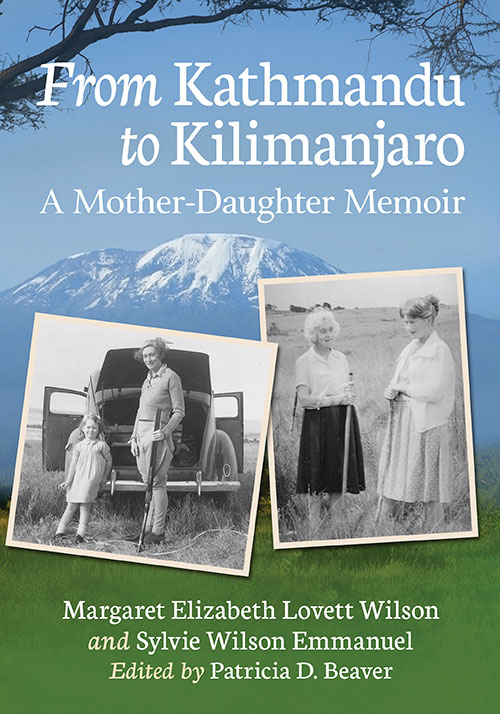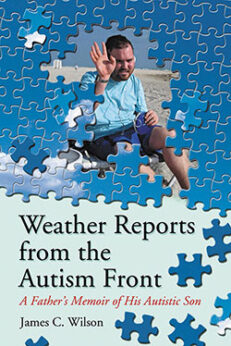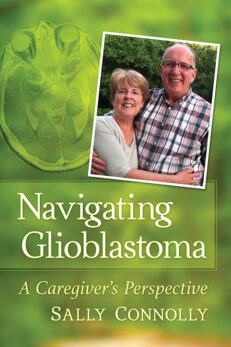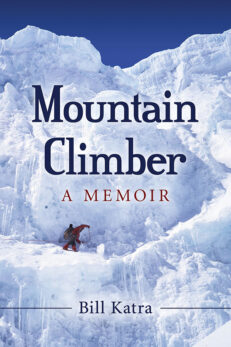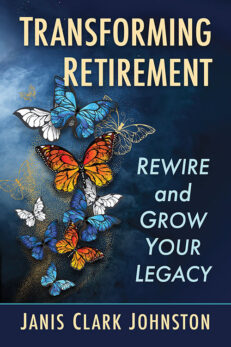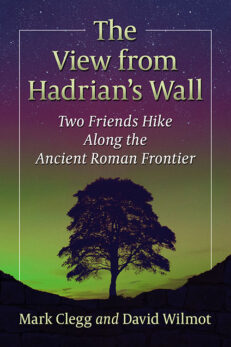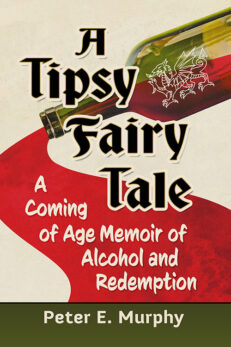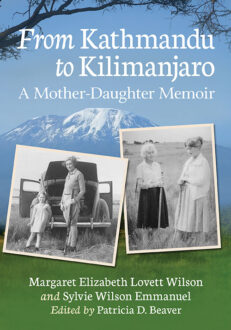From Kathmandu to Kilimanjaro
A Mother-Daughter Memoir$39.95
49 in stock
About the Book
Margaret (Peggy) Wilson, born in England in 1897, was the model of the new woman, serving as a medical volunteer during World War I, and later going to medical school to become a doctor of tropical diseases. In 1926, Peggy traveled to Kathmandu, and four years later married her friend from medical school who was on assignment with the British Colonial Medical Service in Tanganyika (modern-day Tanzania). Peggy and Donald spent the next 30 years working side-by-side on malaria research and public health, winning multiple awards in the process. Peggy’s daughter Sylvie, born in 1935, recalls World War II in Tanganyika and Kenya, boarding school, and university at Cambridge. After university, Sylvie returned home to teach and married a Greek Tanganyikan farmer. They welcomed independence and the nation of Tanzania, yet struggled under the impacts it had for expats. While most of the Greek community left Tanzania, Sylvie and her husband persisted on the slopes of Kilimanjaro, participating in building new Tanzania.
Drawn from Peggy’s unpublished memoir and the letters, diaries and photographs that Sylvie meticulously collected, this inspiring mother-daughter memoir spans three continents and a century of travel, love, defiance, wars, medical research, and revolutions.
About the Author(s)
Bibliographic Details
Margaret Elizabeth Lovett Wilson and Sylvie Wilson Emmanuel
Patricia D. Beaver
Format: softcover (7 x 10)
Pages: 245
Bibliographic Info: 39 photos, bibliography, index
Copyright Date: 2020
pISBN: 978-1-4766-8300-3
eISBN: 978-1-4766-4094-5
Imprint: McFarland
Table of Contents
Acknowledgments vii
A Note to Readers, by Sylvie Wilson Emmanuel viii
Preface, by Patricia D. Beaver 1
Introduction: Considering Time from Mount Kilimanjaro, by Patricia D. Beaver 3
1. Beginnings, by Peggy Lovett Wilson 7
••Introduction to Nepal, 1926–1930 22
2. Nepal, 1926–1927, by Peggy Lovett Wilson 23
3. Leaving Nepal and Returning, 1927–1930, by Peggy Lovett Wilson 44
••Introduction to Tanganyika, 1930 62
4. Africa, 1930–1932, by Peggy Lovett Wilson 66
5. Malaria Research, 1932–1934; India and Nepal, 1935, by Peggy Lovett Wilson 89
6. Sylvie and Angela and War, 1935–1945, by Peggy Lovett Wilson and Sylvie Wilson Emmanuel 112
7. England, Muheza and Amani, 1945–1952, by Peggy Lovett Wilson and Sylvie Wilson Emmanuel 131
8. The Coronation, Amani and Cambridge, 1953–1955, by Peggy Lovett Wilson and Sylvie Wilson Emmanuel 147
9. Amani, Machame, Nic Emmanuel and Mwanza, 1957–1959, by Peggy Lovett Wilson and Sylvie Wilson Emmanuel 159
10. Death, Marriage and the Emmanuels: Being Greek in Tanzania, by Peggy Lovett Wilson and Sylvie Wilson Emmanuel 171
11. The 1960s in Tanganyika, Peggy to The Gambia and Magila, by Peggy Lovett Wilson and Sylvie Wilson Emmanuel 184
12. Sylvie in Moshi, Peggy in The Gambia 1964–1973, by Peggy Lovett Wilson and Sylvie Wilson Emmanuel 194
13. Independence and Nationalization, 1961–1983; Sylvie’s Garden, by Sylvie Wilson Emmanuel 209
Bibliography 227
Index 229
Praise for the Book
• “This book describes the lives of a remarkable family. It is full of global adventures, scientific discovery and the history of medicine, and detailed descriptions of life in colonial times. The book is appealing on so many levels, especially for those of us who know East Africa and its natural beauty, charms and challenges.”—John A. Bartlett, MD, professor of medicine and global health, Duke University and professor of medicine, Kilimanjaro Christian Medical University College
• “Margaret (Peggy) Wilson (1897-1985) and Sylvie Wilson Emmanuel have entrusted their journals, letters, photos, and memoir to the capable hands of Patricia D. Beaver for organization, explanation, and editing. The result is a comprehensive picture of East Africa and the British Colonial Medical Service in Tanganyika and elsewhere in the tumultuous twentieth century, through the eyes of a medical doctor and her daughter. … The book combines incredible detail—those specifics only found in daily or weekly diaries or letters, that make a piece live (the moves, the people, the England leaves, the animals, and the travel)—with the larger explanations of what was happening in the world, necessary translations and exegesis supplied by editor Beaver.”—Margaret McFadden, professor emerita, Appalachian State University

